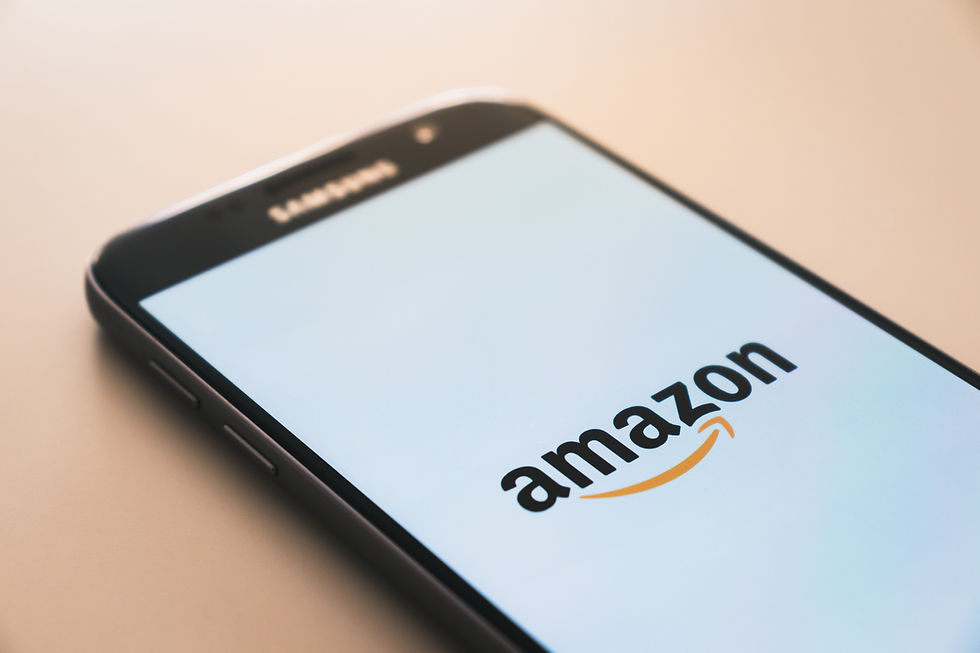The Idea Validation Checklist Every Product Team Needs
- Pragya Singh
- May 10
- 4 min read
Before writing a single line of code for their full product, Dropbox's founder Drew Houston created a simple video demonstrating how the product would work. This 3-minute demo video attracted 75,000 people to sign up for a beta waiting list overnight.
This validation provided clear evidence that:
The problem was real (people needed better file synchronization)
The proposed solution was compelling (the demo resonated)
There was acquisition potential (people willingly joined a waitlist)
All of this before building the actual product.

The Silent Product Killer
We've all been there. The excitement of a new product idea, the rush to build it, and then... silence when it launches. No fanfare, no adoption, just the uncomfortable realization that you've spent months building something people don't actually want.
This is the problem that effective validation solves, and it's at the heart of what we do at the Open Product Foundation. In our work with hundreds of product teams, we've found that validation is simultaneously the most critical and most frequently skipped step in product development.
Why Validation Gets Skipped
Even though most product leaders intellectually understand the importance of validation, it often gets bypassed for several reasons:
False urgency - "We don't have time to validate; we need to ship!"
Confirmation bias - "I already know this is a good idea"
Unclear methodology - "What exactly does validation even look like?"
Fear of negative feedback - "What if we learn our idea isn't good?"
The irony is that skipping validation doesn't save time, but it costs time, often months or years of wasted development effort.
The OPF Validation Framework
At the Open Product Foundation, we've distilled validation into a straightforward framework that works across industries and product types. Here's our five-step validation process that you can start using today:
1. Problem Validation
Key Question: Is this a real, painful problem worth solving?
Methods:
Customer interviews focused on problems, not solutions
Problem ranking exercises with target users
"Day in the life" observation sessions
Analysis of support tickets or customer complaints
Community forum mining
Success Criteria: At least 7 out of 10 target users rank this problem in their top 3 pain points.
2. Solution Validation
Key Question: Does our proposed solution actually solve the problem?
Methods:
Concept testing with wireframes or mockups
Wizard-of-Oz testing (manually simulating the product experience)
Landing page tests describing the solution
Fake door tests
Paper prototyping
Success Criteria: At least 3 out of 5 potential users can clearly articulate how the solution would help them and express enthusiasm about using it.
3. Implementation Validation
Key Question: Can we feasibly build this solution?
Methods:
Technical proof-of-concept
Architecture reviews
Build vs. buy analysis
Skills gap assessment
Time and resource estimation
Success Criteria: Technical team confirms the solution can be built within time and budget constraints, with no critical unknowns remaining.
4. Business Model Validation
Key Question: Can this solution be sustainable and profitable?
Methods:
Willingness-to-pay surveys
Tiered pricing tests
Cost structure analysis
Market sizing verification
Competitive positioning assessment
Success Criteria: Financial modeling shows path to profitability within the company's acceptable timeframe.
5. Go-to-Market Validation
Key Question: Can we effectively reach and acquire our target users?
Methods:
Channel testing (small ads, content, partnerships)
Message testing
Sales process rehearsals
Distribution partner discussions
Acquisition cost estimates
Success Criteria: At least one acquisition channel shows promising early metrics (engagement, CAC, conversion) that would support growth goals if scaled.
The Idea Validation Checklist
Below is our streamlined validation checklist. We recommend conducting these validations sequentially, as each builds upon previous learnings:
We've interviewed at least 15 target users about the problem
We've documented and quantified the specific pain points we're addressing
We've created low-fidelity prototypes or concept descriptions
We've shown these prototypes to at least 10 potential users
We've assessed technical feasibility with our engineering team
We've tested willingness to pay (if applicable to your business model)
We've identified and tested at least one customer acquisition channel
We've documented all validation results for stakeholder review
Getting Started With Validation Today
Even if you're midway through development, it's never too late to validate. Here's how to get started this week:
Identify your biggest assumption - What are you most uncertain about?
Design a simple test - What's the fastest way to test that assumption?
Set clear success criteria - What outcome would indicate you're on the right track?
Run the test - Collect real data from real potential users
Document and share results - Make learning visible to your entire team
Conclusion
Validation is an ongoing process that should happen throughout product development. Each validation step reduces risk and increases confidence that you're building something people actually want and need.
At the Open Product Foundation, we're committed to helping product teams build with confidence through structured processes like this validation framework. Our complete Product Lifecycle Checklist expands on these concepts and provides detailed guidance for every stage of product development.
Want to learn more? Check out our comprehensive Product Lifecycle Checklist or join our community of product leaders who are all working to build better products through structured approaches.
This post is part of our Product Fundamentals series from the Open Product Foundation. Our mission is to make product excellence accessible to everyone through free, open tools and frameworks.


Comments